Connor Maloney- 9:30am Class
When one thinks about a city, it’s well understood that by definition, cities have a plethora of denizens dwelling within, each towering structure potentially filled with hundreds of people living their own lives and having their own experiences. This absolute wealth of people would probably mean that there are tons of opportunities for social interaction, forging new bonds and breaking those of old, and while this is certainly true to an extent, living in the city can be a much more isolating experience than expected, especially for a younger people, like college students. Between feelings of insignificance, stress of all types and varieties, an overwhelming sense of loneliness, and the state of the world to heighten it all, living in a city might not be all it’s cracked up to be.
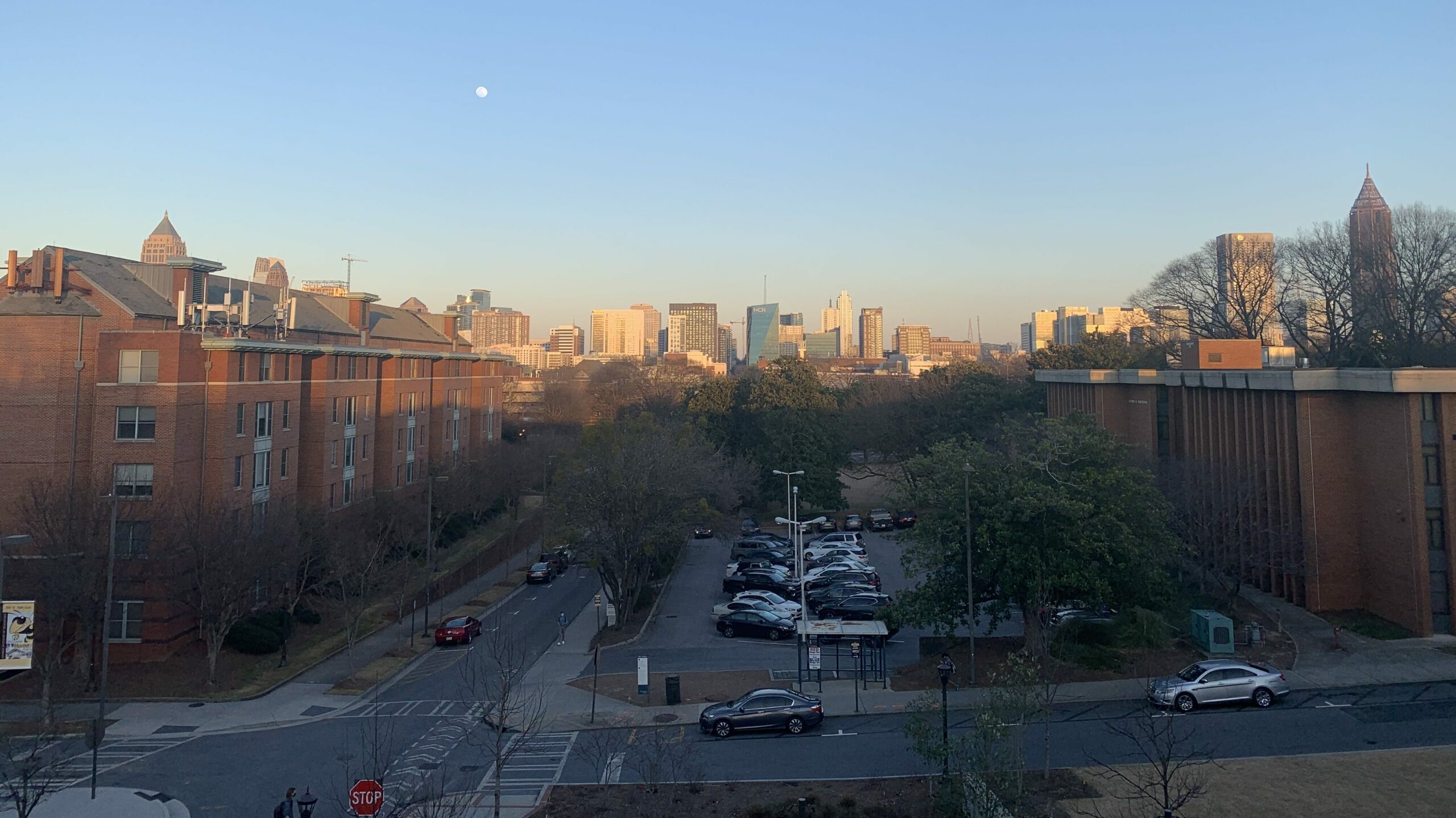
First Time in the City
Personally, I had never lived in a large city before I started college and began living in a dormitory on campus, and while the sights are certainly beautiful and the people seem friendly, there’s certainly a lack of social interaction as I’ve become accustomed to them throughout my life. Due to the current state of the world and what feels like a perpetual need to social distance, many of the activities that I once enjoyed or participated in have transformed into a much less personal version of themselves, such as band being spaced out and seldom happening and college classes being all virtual with little to no real human interaction. I am certainly somewhat of an outlier as far as being social goes, as it is not my strong suite, but I am clearly not the only one experiencing these feelings, as a study conducted by Leodoro J. Labrague, Janet Alexis A. De los Santos and Charlie C. Falguera, researchers from several different Colleges of Nursing, found that of a sample size of 303 college students surveyed at the height of the COVID-19 pandemic, approximately 10% of the participants were found to be “not lonely”, 57% were found to be “moderately lonely” and the remaining 33% were found to be “severely lonely”. The study goes on to conclude that younger students (particularly ones that are new to college campuses and the like) are more susceptible to these feelings, and that the feelings are inspired by the mandatory protocols in place for safety reasons due to the pandemic. While these protocols are in place for a reason, and there’s no real solution to the problem save for waiting for the pandemic to conclude, all of the protocols in place certainly take their toll on the mental and emotional well-being of students, as isolation can be very detrimental to mental health. Below is the embedded link to the relevant study.
https://onlinelibrary.wiley.com/doi/pdfdirect/10.1111/ppc.12721

Isolation and the Mental Health of Students
While the mandatory social isolation is understandably necessary, the isolation that it causes certainly takes a toll on the mental health of a densely populated areas inhabitants. Even in a world where there is no pandemic and circumstances are relatively normal, rates of mental illness are relatively high in the United States with around 18.1% of adults experiencing anxiety disorders and around 7.1% reporting a major depressive episode within the past year. That being said, according to a study by Sara LaBelle and Zac D. Johnson pertaining to the relationship between student-to-student confirmation in a classroom and the way that it (or its lack) affects mental health in said students (link included below as before), college students are said to experience these issues at a significantly higher rate, in no small part due to academic stressors, and it could be easily inferred that in the modern day where social interactions are so drastically different than they used to be, that lack of conventional social interaction leading to loneliness can make the issue of mental illness feel almost impossible to best. Without having the discussed “student-to-student confirmation”, students lose out on their support group that they would have in person, a group of peers to validate them and encourage their work, potentially leading to worsened mental health which, according to this study, can also result in lower retention rates, lessened motivation, and various other problems that can easily snow-ball into vast issues in the future .Whether the lack of social interaction is due to someone feeling insignificant in the larger scale of the city or external, more viral factors, the impact that it can have on mental health is a serious burden for some to bear.
https://www.tandfonline.com/doi/full/10.1080/01463373.2021.1887310
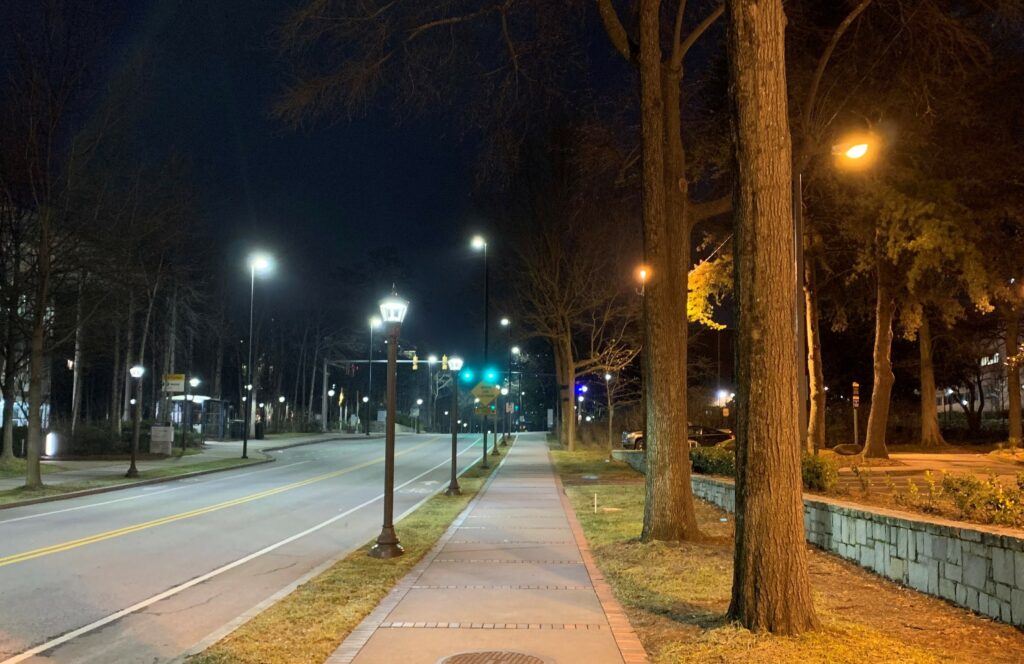
A Modernist Take on City Life
While concerns over mental health and well-being are perhaps at their greatest in the modern day, it’s not just now that people have considered the way in which a growing metropolitan “monster” so to speak can affect the well being of its inhabitants, both old and new. The Modernist movement came about in the late 19th and early 20th centuries, and it had much to do with fighting for change on all fronts, whether it be equal rights for all genders and races or, in this case, warning against the hyper-urbanization resulting in the aftermath of the Industrial revolution. Many artists painted or took pictures to accurately depict this warning, showing the potential isolation or horrific revelations that urbanization can cause in an individual, and one of the best pieces to illustrate this in my opinion would be Edvard Munch’s “The Scream”. A very well known painting, it depicts someone standing on a bridge while the world warps around them as the let out the titular scream, and in my interpretation this scream is due to the subjects realization of their own perceived insignificance in the growing behemoth of a city that they live in. Another modernist image that depicts the feeling of isolation that can be found in the city is a picture taken by French photographer Eugène Atget, titled “Magasins du Bon Marché”, depicting several women standing on a sidewalk in Paris. The picture seems to have been taken through a window given the reflections captured, showing that the photographer is an outsider in this picture, and his subjects all seem cloaked in their hats, providing anonymity. Despite this, they still share smiles and presumably conversation, showing what I’ve interpreted to be mere small talk but no deeper personal connections between the people, further showing the deceptive nature of isolation in a larger city. The last modernist work I will feature belongs to painter Georges Seurat, titled “Sunday Afternoon on the Island of La Grande Jatte”, a work that inspires similar feelings to the photograph by Atget. The subjects of the painting seem to be enjoying a lovely sunny day, but they all seem a bit blurry, providing that anonymity that the city does so well. In contrast to the families seen, the subject seems to have no one with themselves, further feeding into the idea that they are an outsider in this place, and that they are completely alone in this space.
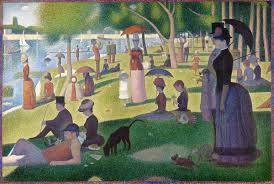
As it Pertains to Atlanta and Personal Accounts
Many of the topics and themes discussed affect cities in a much broader scope, not just Atlanta, and while this is certainly the case, Atlanta is what I have the most experience with. As previously stated, Atlanta is the first large city that I have ever lived in, and from what I can see these experiences (or lack thereof) are pervasive, amplified as they are by the COVID-19 pandemic. Without in person classes or in person activities, social interactions become more and more sparse, with the few that can occur being marred by face masks, offering the same sort of anonymity known by the subjects of Atgets photos, at least for someone that is “face-blind” like I am, but even if things were in person, the sheer volume of people one interacts with on a day to day basis could certainly serve to hinder deeper social connections, providing that feeling of being merely a cog in the machine. These feelings can serve to worsen existing mental health issues for students, as the world as a whole right now seems a mess, and when social connections are needed the most they are the hardest to make. Personally, the only people I have really been in contact with have been my roommates and my very close friends from high school, but even the attempts that I have made to establish connections on campus have fallen through, primarily because I wasn’t able to interact with those people consistently due to not seeing them in person, stress from outside factors keeping all parties involved busy, as well as other factors.
Winning the Silent Battle
Dealing with mental health problems is always difficult, but even more so now today. The best way to cope with mental illness and wellbeing for students in my opinion is to look for resources that can help; in particular, Georgia Tech has a wonderful CARE program that can work to assess and refer patients to outside resources that may be beneficial to them. On the social isolation front, the only way to truly deal with that is to confide in those around you and hope that sooner rather than later, life can return to normal, however altered that normal may be now.
Works Cited
- Labrague LJ, De los Santos JAA, Falguera CC. Social and emotional loneliness among college students during the COVID‐19 pandemic: The predictive role of coping behaviors, social support, and personal resilience. Perspect Psychiatr Care. 2021;1–7. https://doi.org/10.1111/ppc.12721
- LaBelle, Sara, and Zac D Johnson. “The Relationship of Student-to-Student Confirmation in the Classroom to College Students’ Mental Health and Well-Being.” Taylor & Francis, 15 Feb. 2021, www.tandfonline.com/doi/full/10.1080/01463373.2021.1887310.
- Munch, Edvard. “The Scream.” The Scream: Work by Munch, Britannica, 1893, National Gallery, Norway, www.britannica.com/topic/The-Scream-by-Munch.
- Atget, Eugène. Magasins Du Bon Marché. Paris, 1927.
- Seurat, Georges. “Sunday Afternoon on the Island of La Grande Jatte.” Georges Seurat: French Painter, Britannica, 1884, Art Institute of Chicago, Chicago, www.britannica.com/biography/Georges-Seurat.
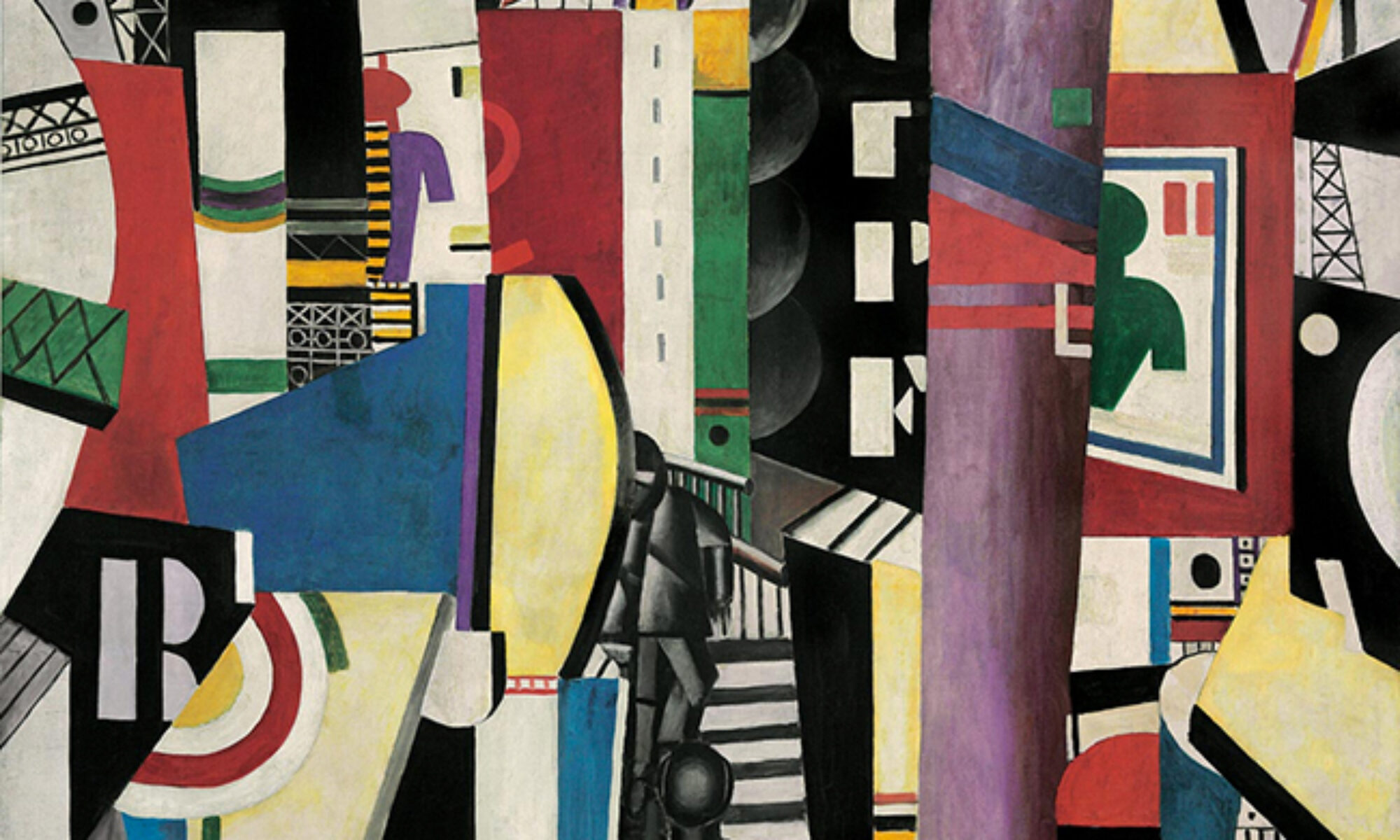
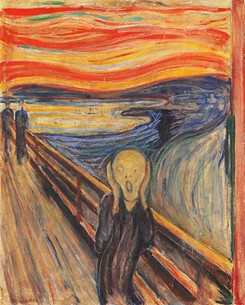
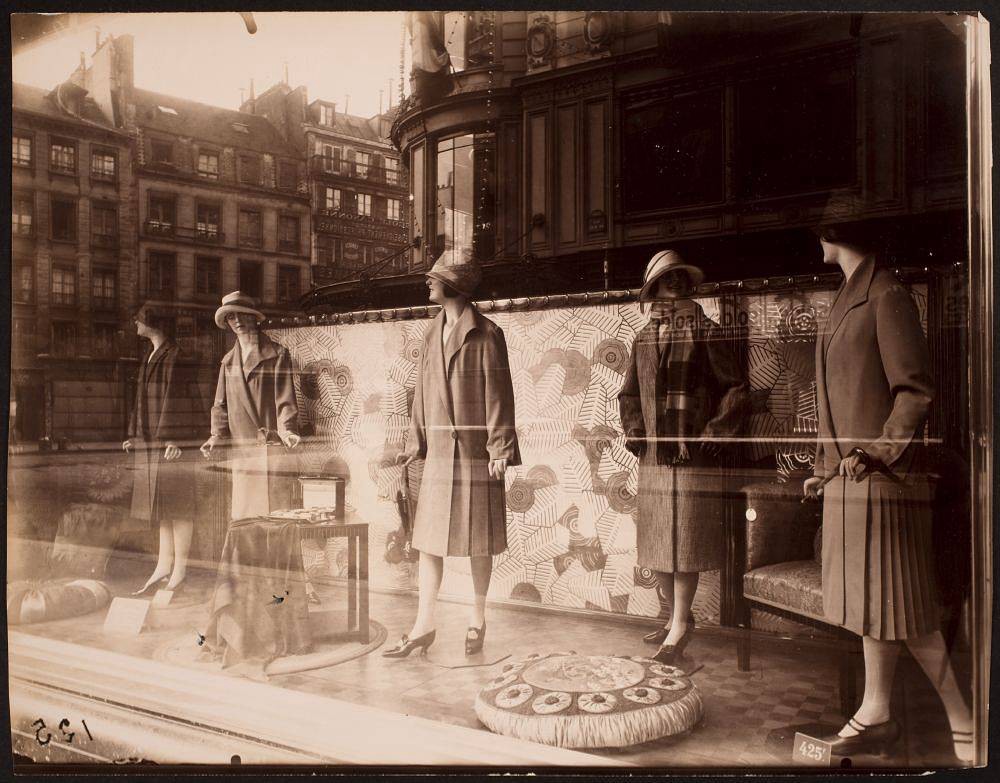
Hey Connor, I want to say that I thought you did a really great job of capturing the struggle of isolation that comes with the city and that has been enhanced by COVID-19. Your detail of situations, both personal and in the broader student community, really make your topic relatable to the reader and likely to any student in college right now. I also appreciated the concrete evidence you cited, explaining that these feelings of isolation are truly a major demographic trend among students like us. I know I have certainly experienced the same enhanced feelings of isolation over the past few months , but it does change my perspective knowing it is a part of a much large trend. I further enjoyed your connection of the selected Modernist works and the feelings of isolation that come with the city environment today. Another thing I would like to note about your essay that stands out is your reference to campus resources relating to this issue. This provides the reader a tangible way to respond to feelings that were exceptionally relatable when examining your work. This is not something I would have initially considered, but is very thoughtful. Overall, I really enjoyed your post and the excellent connections you made.